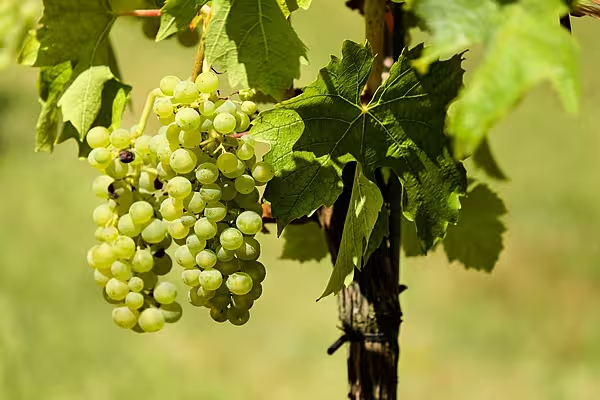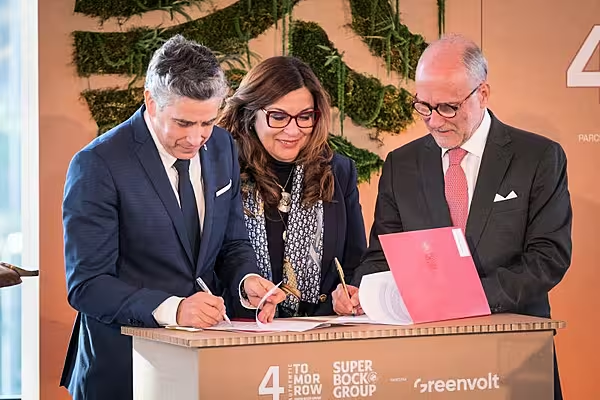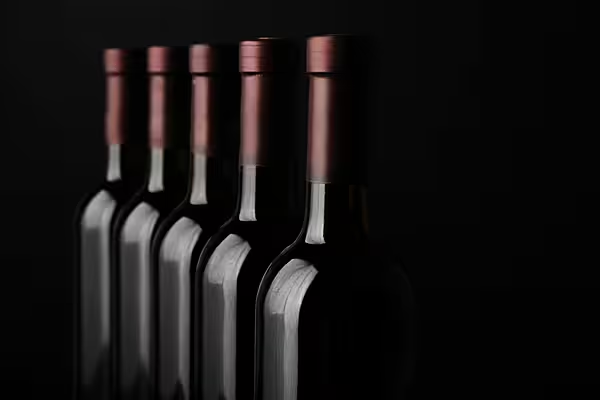British wine drinkers, concerned about the impact that Brexit could have on their choice of tipple, should be able to rest a bit easier with the news that English wine production is now at an all-time high.
Figures released by HM Revenue and Customs (HMRC) has found that 3.86 million bottles of sparkling and still wine produced in UK vineyards were released for sale in 2017.
This is a two-thirds increase (64%) on the previous year, when 2.36 million bottles were released on the market, and well up on the year 2000, when just 1.34 million bottles were released from bond.
The last time wine releases topped the three-million bottle mark was in 2009, when 3.19 million bottles were launched.
Production Increase
According to the Wine and Spirit Trade Association, English wine production is 'reaping the benefits' from a major increase in vines planted over the past ten years, with English vineyards enjoying a bumper harvest in 2014.
English sparkling wine is made in the same traditional method as Champagne, meaning it is left to age in the bottle, usually for about three years.
“English wine releases reached a record high in 2017 with more varietals and vintages available, giving consumers a greater choice than ever before," said Miles Beale, chief executive of the Wine and Spirit Trade Association.
"This is great news for English winemakers who have been gaining international recognition over the past few years, leading to an impressively stocked trophy cabinet. With the high quality of English now so widely recognised, the wine industry’s newest challenge is meeting growing demand. The English wine industry is a true British success story and has ambitious plans to increase exports. We hope to see production continue to grow and forge ahead with new export opportunities.”
English producers have also garnered attention from overseas, with Vranken-Pommery becoming the first of the big Champagne houses to release an English sparkling wine, following a launch last month.
The sparkling wine is produced in partnership with Hattingley Valley in Hampshire, and has been released under the Louis Pommery England label.
Brexit Impact
The increase in domestic production is likely to appease at least some of the potential impact from Brexit, with a report in the Journal of Wine Economics last December suggesting that prices for European vintages could rise by as much as 25% once the UK leaves the European Union.
The report, U.K. and Global Wine Markets by 2025, and Implications of Brexit, suggested that by the mid part of the next decade, the consumer price of wine will be 22% higher 'in local currency terms (20% because of real depreciation of the British pound; 4% because of new tariffs on E.U., Chilean, and South African wines; and –2% because of slower U.K. income growth).'
It also noted that the volume of UK wine consumption could be as much as 28% lower, with 'super premium still-wine sales the most affected, dropping by two-fifths, while sparkling and commercial-premium wines drop a bit less than one quarter'.
However, the report also claims that domestic producers too are likely to feel some impact from a drop in volume.
'In any event, the net effect of Brexit on the welfare of the world’s consumers and producers of wine as a whole will be negative, not just initially but permanently, unless new trade policy commitments by the United Kingdom with major wine-exporting countries are sufficiently more liberal than current arrangements', the authors state.
Still though, for many UK consumers, what better way to toast Britain's departure from the European Union than by raising a glass of English sparkling wine?
© 2018 European Supermarket Magazine – your source for the latest retail news. Article by Stephen Wynne-Jones. Click subscribe to sign up to ESM: The European Supermarket Magazine.














